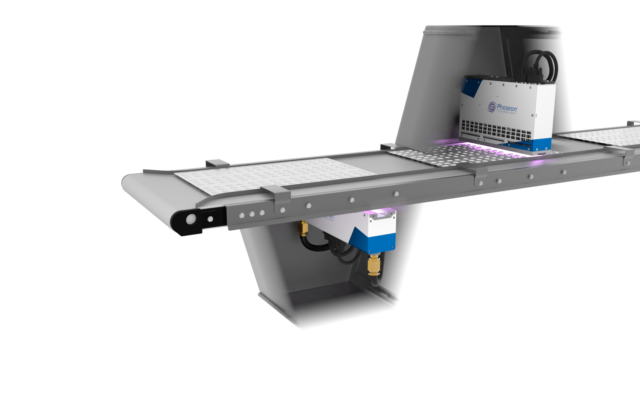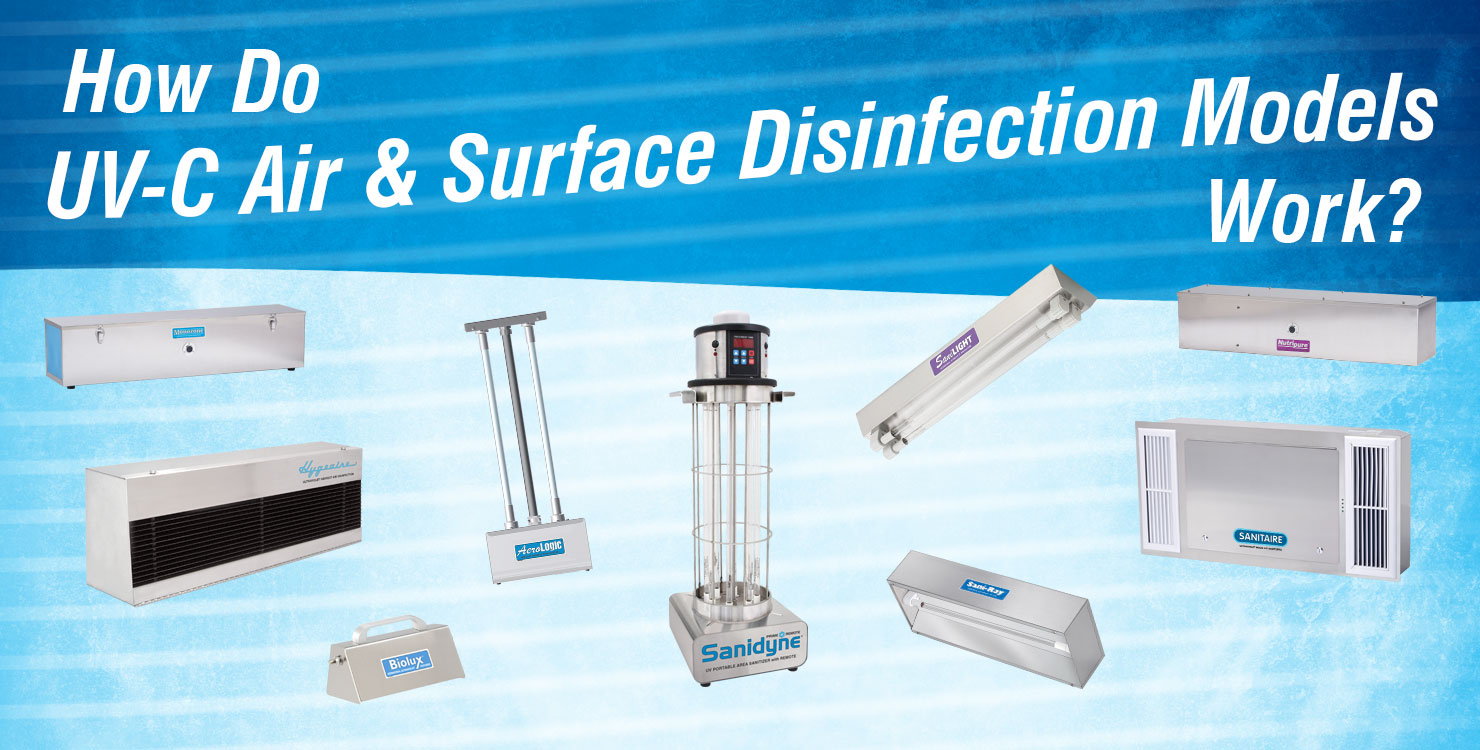Far-UVC UV Sanitizers: The Future of Sanitation Modern Technology Revealed
Far-UVC UV Sanitizers: The Future of Sanitation Modern Technology Revealed
Blog Article
Discovering the Advantages of Far UVC Light: Changing Indoor Air Quality
Interior air quality has constantly been a concern, however the present international health dilemma has actually brought it right into sharper focus. As we navigate the difficulties of a post-pandemic globe, finding innovative options to boost air top quality has become vital. One such remedy that has gotten focus is Far UVC light. This advanced innovation has the prospective to change interior air quality by efficiently reducing the effects of airborne microorganisms without posturing injury to human beings. But how exactly does Far UVC light work? What are its health and wellness benefits? And exactly how can it contribute to minimizing irritants in our space? In this conversation, we will certainly check out the remarkable globe of Much UVC light and discover its capacity in transforming the method we secure our indoor atmospheres.
How Much UVC Light Functions
Much UVC light works by discharging short-wavelength ultraviolet light that has the capability to permeate and inactivate microbes. Unlike typical UV light, which can be dangerous to human skin and eyes, far UVC light has a shorter wavelength that is soaked up by the external layers of human skin, preventing it from getting to the underlying living cells. This makes it a risk-free and effective option for continuous sanitation in occupied spaces.
When much UVC light is discharged, it engages with the DNA and RNA of microorganisms, consisting of infections and bacteria, interrupting their ability to reproduce and triggering them to become inactive. The high energy of the short-wavelength light damages the molecular framework of the genetic material, preventing the bacteria from spreading and duplicating.

Furthermore, far UVC light can be conveniently incorporated into existing illumination components, making it a cost-effective service for a large range of applications, including health care centers, colleges, offices, and public transportation. Its capability to continually decontaminate busy spaces without positioning a danger to human wellness makes much UVC light an encouraging technology in the field of indoor air high quality administration.
Much UVC Light's Influence on Airborne Pathogens
The influence of much UVC light on air-borne virus is substantial in reducing the transmission of infectious diseases and improving indoor air quality. Far UVC light refers to a specific range of ultraviolet light that has a wavelength between 207 and 222 nanometers. Unlike conventional UVC light, which is hazardous to human skin and eyes, far UVC light has been found to be safe for humans while still working versus virus.
Researches have actually revealed that much UVC light has the capability to inactivate a wide variety of air-borne viruses, including the influenza infection and the coronavirus (far-uvc). These virus are sent with breathing droplets, and by utilizing much UVC light, it is feasible to minimize their practicality and prevent their spread
Among the vital benefits of using far UVC light is its capacity to reach all areas of a space. Unlike other sanitation techniques that may have restricted reach, much UVC light can be set up in overhead lights fixtures, guaranteeing that the whole area is treated. This makes it specifically reliable in congested locations such as health centers, institutions, and public transportation.
In addition, far UVC light can be used continually without positioning a threat to human health and wellness. It can be executed click reference as component of an extensive strategy to enhance indoor air high quality by reducing the focus of airborne virus. By incorporating much UVC light into existing ventilation systems, it is feasible to produce more secure and healthier interior settings.
Health Benefits of Far UVC Light
Making use of much UVC light offers numerous health and wellness advantages, making it a useful tool in promoting public wellness and safety. Much UVC light has actually been found to successfully kill airborne virus, such as infections and microorganisms, without harming human skin or eyes. This makes it an excellent service for sanitizing interior environments and decreasing the threat of infections.
Among the key health and wellness advantages of much UVC light is its ability to fight the spread of air-borne conditions. Studies have shown that far UVC light can properly inactivate infections like flu and consumption. By installing far UVC lights in public areas, such as hospitals, offices, and institutions, the transmission of these diseases can be considerably decreased.
Moreover, far UVC light has been discovered to be risk-free for constant exposure, as it does not cause skin damages or raise the threat of skin cancer cells. This results from the truth that far UVC light has a limited variety of penetration in human skin, preventing any kind of injury to much deeper layers.
Along with its straight influence on air-borne virus, much UVC light can likewise have indirect health and wellness benefits. By decreasing the presence of hazardous microorganisms airborne, it can boost interior air high quality, causing a reduction in respiratory symptoms and allergic reactions.
Much UVC Light's Function in Decreasing Allergens

Far UVC light, with its wavelength in the series of 207 to 222 nanometers, has been verified to be effective in try this out suspending infections, fungi, and germs. Current research studies have actually also revealed that it can effectively minimize the visibility of allergens in interior rooms. When far UVC light is sent out, it communicates with the DNA and RNA of microbes, damaging their genetic product and avoiding their replication.
Much UVC Light's Possible in Public Spaces
With its tried and tested effectiveness in minimizing allergens and inactivating microorganisms, far UVC light holds great prospective for application in public rooms. Public rooms, such as medical facilities, colleges, airports, and offices, are usually crowded and vulnerable to the spread of airborne diseases. Integrating far UVC light technology in these areas Find Out More can considerably improve interior air high quality and minimize the transmission of unsafe virus.
One encouraging application of much UVC light in public rooms remains in air flow systems - far-uvc. By mounting much UVC lights in a/c systems, the modern technology can sanitize the air as it distributes, successfully minimizing the concentration of airborne viruses and bacteria. This approach can aid protect against the spread of conditions such as consumption, covid-19, and flu, promoting a much healthier and more secure atmosphere for residents
Furthermore, much UVC light can be used in the disinfection of frequently touched surface areas. High-touch locations in public spaces, such as doorknobs, hand rails, and lift buttons, can nurture a wide variety of microorganisms. By strategically positioning far UVC source of lights in these locations, the innovation can continuously decontaminate surfaces, reducing the threat of contamination and transmission.
In addition, making use of far UVC light in public areas is risk-free for human direct exposure. Unlike standard UVC light, which can be harmful to human skin and eyes, much UVC light has actually been proven to be risk-free and non-toxic for constant procedure in busy rooms. This makes it an excellent solution for enhancing indoor air quality without positioning any health and wellness dangers to individuals.
Final Thought

Much UVC light works by emitting short-wavelength ultraviolet light that has the capability to penetrate and suspend microorganisms. Unlike typical UV light, which can be damaging to human skin and eyes, much UVC light has a shorter wavelength that is soaked up by the outer layers of human skin, stopping it from reaching the underlying living cells. Much UVC light refers to a specific variety of ultraviolet light that has a wavelength in between 207 and 222 nanometers. Unlike traditional UVC light, which is unsafe to human skin and eyes, far UVC light has actually been found to be risk-free for human beings while still being effective versus virus.
Unlike traditional UVC light, which can be unsafe to human skin and eyes, far UVC light has been confirmed to be non-toxic and risk-free for continuous operation in busy spaces.
Report this page